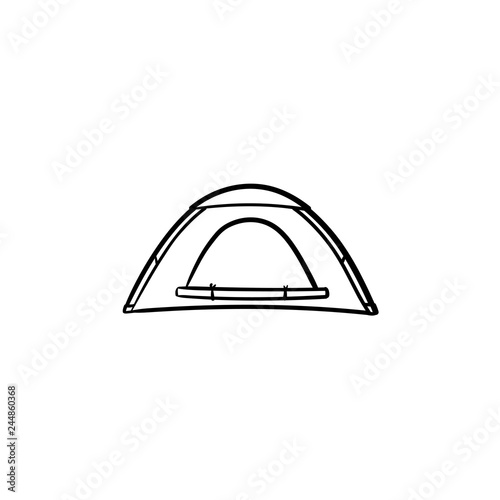Polyester textile discovers a diverse series of applications across the garment industry. Whether you're a musician searching for a stable paint surface or a maker seeking solid decorative products, polyester canvas provides the appropriate balance of toughness, flexibility and environmentally friendly high qualities.
However, some people favor cotton for its breathability and gentleness. Garment designers may intend to think about a 50/50 Cotton/Polyester mix for jobs that call for both sturdiness and convenience.
Expense
Cotton canvas is extra costly than polyester as a result of its resource-intensive cultivation procedure. It also needs mindful handling and storage to maintain its quality gradually. These added costs can increase the general price of production for artists and suppliers.
Another disadvantage to cotton canvas is its sensitivity to fading and damage from UV direct exposure. This can lead to minimized shade vibrancy over time and a loss of structural honesty, especially in areas that experience regular call or heavy load-bearing.
In comparison, polyester is an artificial fiber that's crafted for consistency and sturdiness. This makes it an extra cost-effective option for makers and customers, particularly in areas where durability is a leading concern. The material's stamina likewise supplies improved resistance to wrinkles and splitting with time. The artificial nature of polyester, however, can leave a larger environmental impact than cotton canvas if it's not sourced from natural or low-impact systems. This is an important consideration for organizations striving for sustainability and eco-conscious branding.
Toughness
In the marketplace for canvas rolls, buyers face a wide range of choices with completing top priorities. Cotton offers natural structure and breathability, suitable for brand names concentrated on sustainability and craftsmen workmanship. Polyester, on the other hand, supplies a well balanced mix of strength and stability and printing performance with color vibrancy and sturdiness.
Eventually, the textile you pick for your items must reflect the guiding principles of your brand story and values. While cotton can supply a costs visual, it's also prone to shrinkage and maintenance expenses, while polyester makes it possible for far better manufacturing performance and lasting price performance.
Both textiles are durable and perform well in wet settings, yet their different top qualities make them ideal for various applications. Cotton canvas is a lot more breathable, minimizing the danger of mold and mildew in areas with high humidity. Polyester, on the other hand, is waterproof and dries out promptly in settings where dampness can be bothersome. This can lower the threat of wetness build-up in the fabric, avoiding canvas satchel warping or rot in your product in time.
Comfort
When evaluating textile alternatives for your brand name-- whether you're starting a workwear line or a comfortable loungewear brand-- the sort of cotton or polyester canvas you pick effects exactly how your products look, really feel, and put on. While all canvas kinds support print-on-demand and offer high form security, they vary in color presentation and printing resilience, comfort, and sustainability.
Cotton and cotton-polyester blends offer a soft appearance, all-natural organic appearance, and exceptional warmth equilibrium contrasted to synthetic alternatives. Cotton's fibers wick moisture far from the skin and enable warm to leave, making it perfect for clothing that calls for long term wear in warm environments.
On the other hand, polyester's artificial nature and petroleum-based production process have an unfavorable energy balance, which can make it much less green than cotton in the future. Polyester's abrasion resistance and water-repellency are exceptional, nevertheless, which makes it the perfect choice for hefty tons or harsh climate condition like rainstorms or aquatic settings.
Environmental Effect
Whether choosing cotton or polyester, the ideal product for customized production depends upon product efficiency goals. Toughness, sturdiness, and longevity are very important elements when making products that will certainly withstand repetitive abrasion, hefty load-bearing, or high stress factors. Water resistance, seam honesty, and UV stability are additionally vital to long-term success in outside and damp settings.
While both materials can perform well in these locations, their environmental influence is somewhat various. Cotton's natural, breathable building and construction needs dramatically a lot more resources for growing than polyester's synthetic fibers.
When picking an environmentally lasting fabric, take into consideration a large range of effect assessment approaches to determine the complete environmental impact of your product. Some concentrate on certain influences (like worldwide warming possibility, water use, and deficiency) while others count on more all natural assessments like Dish, ILCD, CML, and Eco-indicator 99.
